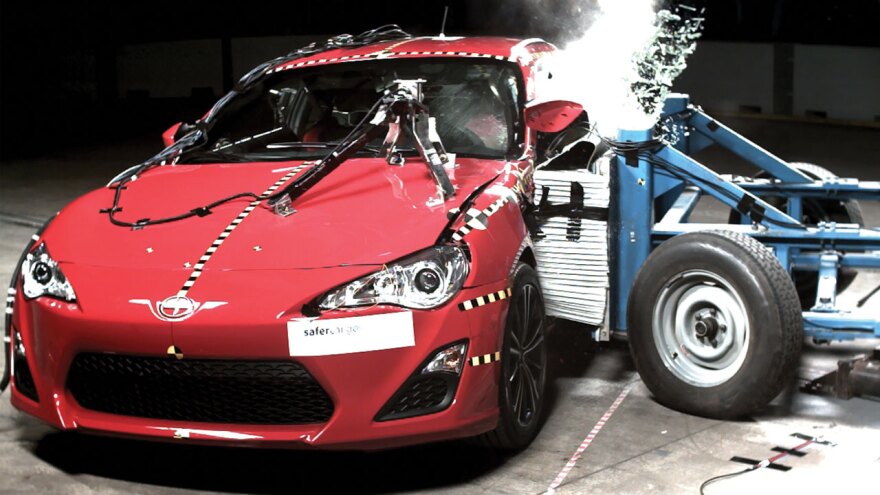Three Milwaukee institutions — Marquette University, the Medical College of Wisconsin, and the VA Medical Center — are continuing their work on a "blast-test" dummy. The dummy could help reduce harm to U.S. armed forces caused by explosions under their military vehicles.
Improvised explosive devices (IEDs) on or near roadways continue to kill or wound soldiers of many nations. So do land mines and rockets launched at the underside of military vehicles. The U.S. Army would like its vehicle designers to better protect soldiers from those explosions. But first, local professor Frank Pintar says the Army and its academic partners are in the fourth year of a project to create the military equivalent of a car industry crash-test dummy.
"We put a crash-test dummy in a car and we crash the car. Then, the car's five-star rating, if you will, is based on what the dummy senses, as opposed to what the car looks like. So, the military is also doing that," Pintar says.

The blast-test dummy is known as the Warrior Injury Assessment Manikin (WIAMan). It's currently in prototype form.
Pintar chairs the joint department of biomedical engineering at Marquette University and the Medical College of Wisconsin. His team is working on the type and placement of interior sensors that will allow more study of the impact of explosions to the spine and pelvic area.
https://www.youtube.com/watch?v=9STOKWfQZ2o
Pintar says the Army wants information to improve its vehicles, but along the way not break a lot of expensive blast-test dummies.
"For example, the femur of the leg has a built-in load cell that measures forces in multiple directions, and so it would be measuring the potential for injury in the femur. My job is to say, 'What is the level that breaks that femur?' " Pintar says.
Pintar says when it comes to applying the potential results to humans, another challenge is that bodies differ.
"We're even looking at things like a certain size of female soldier in a certain position might have a different tolerance than a male in the passenger compartment. That sort of thing. So, we're trying to look at all those variables," Pintar explains.

He says the program still has at least two more years to go. But when Pintar's working on it at the Milwaukee VA Medical Center, he gets frequent reminders of the importance.
"We interact with veterans all the time, veterans that are living now with the consequences of conflict. Whether they have a spinal cord injury, whether they have a brain injury, or a limb amputation," Pintar says.
If more U.S. soldiers are sent into harm's way, Pintar says the goal is for more to come back, uninjured.
Support is provided by Dr. Lawrence and Mrs. Hannah Goodman for Innovation reporting.

Do you have a question about innovation in Wisconsin that you'd like WUWM's Chuck Quirmbach to explore? Submit it below.
_






